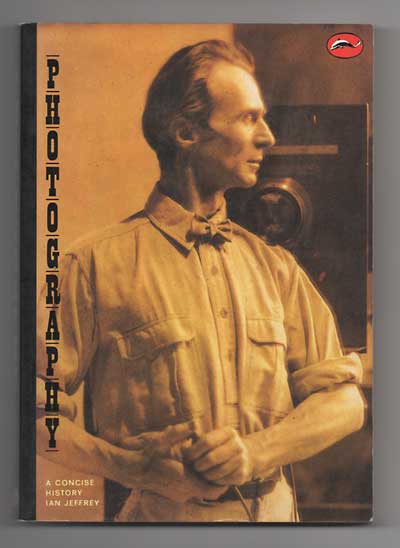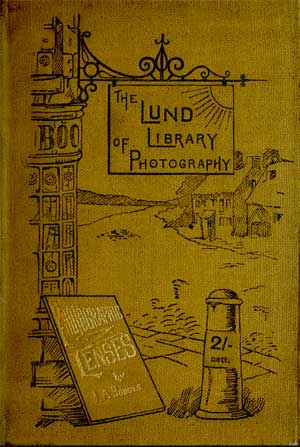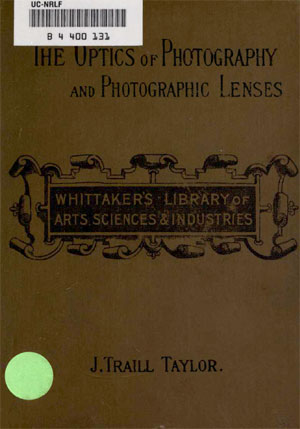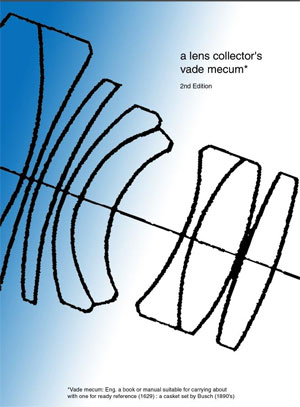Quite often we want to check focus more carefully in a view camera . To do that, the obvious idea, goes about using something that enlarges the projected image allowing for more precision than with bare eyes to inspect image’s sharpness. Three problems generally arise when using common loupes and magnifying glasses : There is extraneous...
Author - wlungov
A digital file is like a score for an image to be automatically played on a printer. Otherwise, a digital print is as material as any silver gelatin picture.
Being a relatively small book, 245 pages, it couldn’t really try to be a comprehensive approach to the vast subject that it addresses. From there the name “a concise history”. But what is interesting in it is that once admitted that condition, there is a insightful history of ideas in photography with some very well...
This is a classic and very useful work from Anselm Adams (1902 – 1984), north american photographer, in which he explains his Zone System. It is a working procedure that starts by evaluating the film exposure considering:
Book published in 1894. Divided into three sections: Optical principles and definitions A description of photographic lenses The choice and use of photographic lenses We can perceive there a very pragmatic approach, but it does not loosen with scientific accuracy. It is interesting for those who like studying history of image making and also for...
Very good book about photographic lenses. Published in 1904, third edition, introduces the nature of light and goes directly to the issue of a photographic image. Explains the problems of aberration, angle of view, aperture and focus among other key concepts. It is a pragmatic text and relates designs with field of application like landscapes and...
Zeiss Ikon was a photographic camera producer, result of a merge of three other important makers. It had a difficult to overestimate role in the history of photography. This book is about its last decades and analyses how its incredibly diversified offer, in concepts and formats, ended up being unbearable and in conflict with profitability. It...
Excellent history of photography. Organised by the French historian Michel Frizot, the book features in its almost 800 pages the contribution of many other authors. It is, in fact, a compilation of 41 independent essays depicting a panorama about the relation of image making and society transformations since the appearance of the first...
Simply a must for anyone researching about antique lenses, its construction, variations, characteristics, producers, genealogies and dates among other information. An incredible work, result of may years of work from authot Matthew Wilkinson, the Lens Vade Mecum is a posthumous publication finished by family and friends based on originals and...
A photographic lens' focal length has no direct relationship to the angle of view, or determining whether it is a wide-angle or telephoto lens. Read this article and understand what focal length, angle of view and image circle really are.
To put an end to the wild times of Flash Powder, magnesium ribbons and sheets, one had the ingenious idea to put the magnesium inside a glass bulb and light it up with an electric spark. It avoids the smoke and the handling of raw chemicals. But as the quantity of heat released in the process is quite high and the glass quite often does not...
Graphic cameras, from Graflex, are the “press camera” par excellence. In any picture or movie from the 30 to 50’s, whenever you see a gathering of photo reporters, forming a front line and waiting for any special event or celebrity to show up, you will always find many of them holding a Speed Graphic with a big flashbulb...











